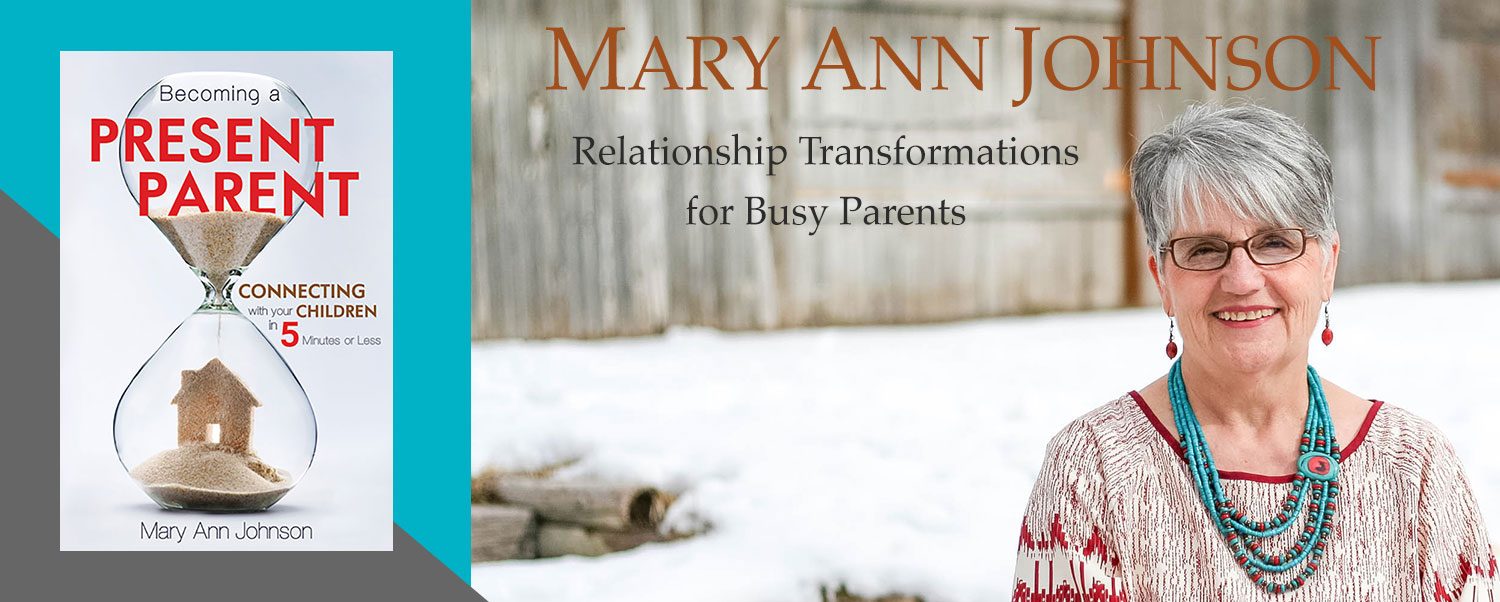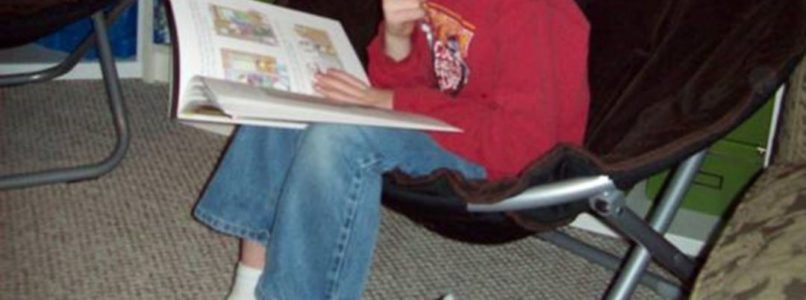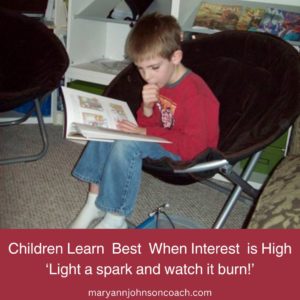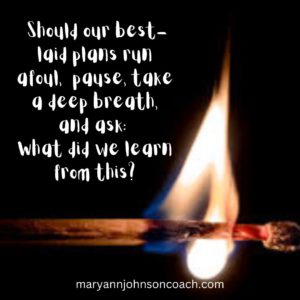 This week, I began cleaning the top shelves that encircle my living room and the two bedrooms. It’s a big job, requires a ladder, and the accumulated dust is incredible. I only do this once a year.
This week, I began cleaning the top shelves that encircle my living room and the two bedrooms. It’s a big job, requires a ladder, and the accumulated dust is incredible. I only do this once a year.
As I dusted the books, I thought: “One day I will be sitting at the table reading all these wonderful books, learning so much. It’s going to be amazing.” I was thinking about the years between ninety and one hundred, yes, I plan to be around that long and won’t be alone until then. LOL I wouldn’t be caregiving, going to lots of doctors’ appointments, or running grands to and fro. So, it stands to reason that I would have more time for what I have always loved, learning.
However, waiting until I am in my nineties to do something that I know is valuable today is silly. Then I recalled my daily affirmation/commitments that I read every morning without fail. Here is a new statement for 2025: “I read, study, and write daily. As I fill my mind with truth and knowledge, my soul expands, my wisdom increases, and I am blessing others.”
The truth is, I am not waiting until I can sit uninterrupted to learn, grow, and share with others. I am doing it now, amid the chaos of a four-generation home, caregiving, and a busy life. This is something we can all do.
An Example
I worked with a mom who pushed her kids to learn. She was after them all the time. It became harder and harder for all of them. I asked her why she felt desperate and pushed her kids so hard. Here is what she shared. She believed she had wasted a lot of her childhood not learning. She left high school with mediocre grades. She hadn’t read many books. She felt uneducated. She was determined to save her kids from her fate. Yet for all her good intentions, she was having a daily fight with her two oldest children.
Here is what I know about this woman. She is intelligent and talented. She runs her own successful business. Her home is clean and orderly. Her children are learning, active in sports, music, and socially. She has a growing marriage relationship. This mother began homeschooling in hopes of helping her children feel smarter and more accomplished than she felt. She was getting the same results she had seen when they were in public education.
This woman felt like a failure because of what she believed about her past. She has felt for decades that she isn’t smart. However, all she has accomplished in the present belies that story. Many adults share this woman’s experience. I homeschooled my last two, but Kate has always felt uneducated. So, this isn’t about what educational system we choose. It’s about how we view learning, our families, and our own.
- Do we make time for learning?
- Do we give our children an example of someone who values growing and changing?
- Do we read?
- Do we read to our kids? Family reading can be life-changing.
- Do we allocate time to share what we learn with each other?
- Are books and audiobooks available?
You Do It First!
One of the best ways to help our children love learning and make it a part of their lives is for us to do it first; to be an example of the power of learning and growing.
I suggested to this devoted mother that she begin learning and let her children see her doing it; begin trusting that she is smart and can learn. I suggested she read for herself and to her family, and that they have dinner conversations about ideas and thoughts. I told her it would be wise to read what her kids read and discuss those books. I suggested that she read an occasional hard book and then tell her children about the Ahas she has. What about letting them see you taking notes? Maybe have a family book club if your kids are adults. In short, model a love of learning and how you are growing and changing because of it.
Everyone must learn to love growth. We do that personally by reading, studying, conversing about what we are learning, and sometimes, being mentored. We help build this love in our children by modeling it for them.
Ways to Model Learning and Growth
- Don’t wait for the chaos to leave; find ways now. Put a book in the bathroom and read one paragraph whenever you go in that room. It may not feel like much, but I promise you will read more than you think possible, and you will bless the lives of your children and eventually your grandchildren.
- Listen to audiobooks.
- Have mini conversations and dinner conversations. This is facilitated when we have something to share, ask good questions, and eat together occasionally. : )
- Have books available. I read things way above my level when I was a girl because my father returned to college when he had nine children. The books were everywhere, so I read them. I didn’t understand much, but enough to keep me interested.
My children have commented as adults that my continued growth has helped them do the same. I am merely sharing what I have experienced as a youth, a mother, and now as a grandmother. Think about this. What interests you? What do you want to know more about? What could you read that sounds interesting right here, at home, right now? Be brave and begin.
Anyone Can Have an Enlarged Perspective
Last fall, on a walk with a friend, Livia asked me how I got such an enlarged perspective growing up in the era I did. It is because my parents were learners. My mom sang, led music, and taught classes in church and her craft store. My dad was a reader and always had books lying around. He talked with many people. They were both open to learning.
I married a man who isn’t a reader. I read to him and help him listen to talks and podcasts. His greatest gift is his ability to connect with people. He is full of questions and learns a great deal as he listens. This comes naturally for him, but I have to work on it. : )
While looking at old cards and letters, I found something I had written to Don early in our parenting, probably in our forties– “…the better able you are to communicate with deity and others, the more the turmoil dies down like a boiling pot being stirred. It’s still boiling, the turmoil and need to change are still there, but the stirring keeps it from boiling over or becoming more than is bearable.”
This is what our continuing education helps us with – perspective and keeping the pot from boiling over.
Don’t put your learning and growth on hold for a more convenient or quiet time. It can be done at home, in small moments now, and shared with those you love.



 Years ago, I spent a great deal of time with my grands that live in Utah. We lived one block away. This was before we consolidated our two families into a three-generation home. My daughter, Jodie, was homeschooling. At that time, I was teaching and mentoring mothers who homeschooled. Then I made a transition. I realized that many of the excellent things I was teaching applied to a whole spectrum of parenting, not just those who homeschooled.
Years ago, I spent a great deal of time with my grands that live in Utah. We lived one block away. This was before we consolidated our two families into a three-generation home. My daughter, Jodie, was homeschooling. At that time, I was teaching and mentoring mothers who homeschooled. Then I made a transition. I realized that many of the excellent things I was teaching applied to a whole spectrum of parenting, not just those who homeschooled.
 In September, I took a rest. I had traveled to Colorado in late August to help a daughter having surgery and was repeating that trip for the same reason early in September. I knew I was going to
In September, I took a rest. I had traveled to Colorado in late August to help a daughter having surgery and was repeating that trip for the same reason early in September. I knew I was going to